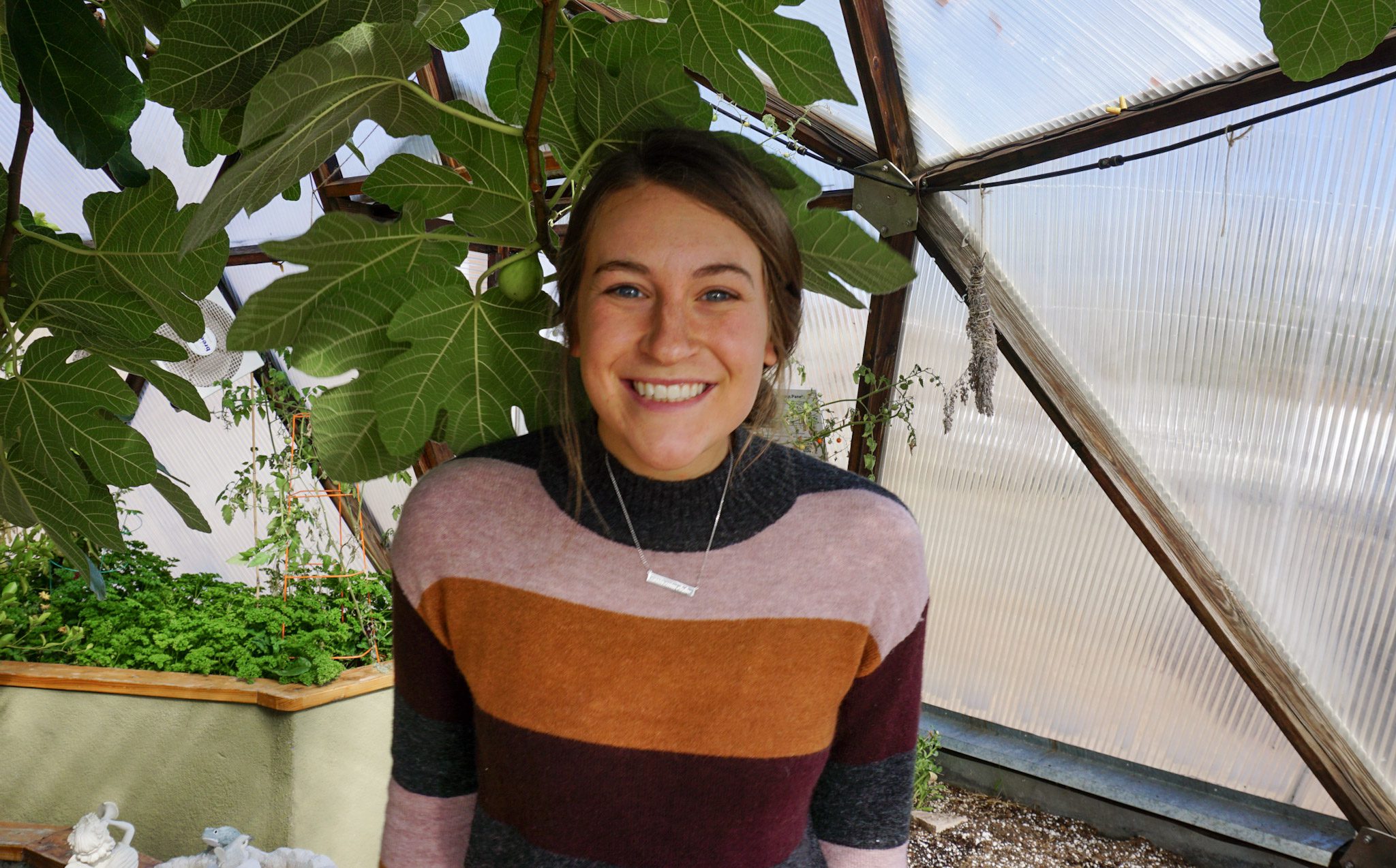

Why Should You Grow Sage?
The question of whether or not to grow sage is pretty cut-and-dry (pun totally intended) because it’s got so many uses. Beyond its beauty in the garden, sage is a sacred plant, a valued seasoning, and an herb with therapeutic properties. Sage’s pronounced pine-like aroma capitalizes on our most memory-evoking sense: smell. Whenever I smell sage I am immediately transported to memories of making Thanksgiving dinner with my nana as a child. All I want at that moment is savory sage stuffing or sage-studded breakfast sausage.
The best part about growing sage is that you only need one of these incredibly easy-to-grow plants in your garden to enjoy its flavor throughout the year. As an added benefit most pests pose no threat to sage. Your only concern might be mildew, which you can avoid by not over-watering.
How to Plant Sage
Where: You can grow sage almost anywhere, but it provides the tastiest leaf when it receives a lot of sunlight. This evergreen shrub is hardy from zone 4 through 11. It loves a nice south-facing spot inside the Growing Dome.
When: Sage can prove challenging when planted by seed, but it is very easy to grow sage from cuttings or by “layering.” Plant young sage plants only after the ground temperature hits 65°F, one to two weeks before the last frost. If you are in a Growing Dome Greenhouse sage can be planted year-round as long as your greenhouse stays warm.
Propagate from cuttings: Clip a three-inch cutting from the very tip of a stem, apply rooting hormone on the exposed portion of the stem, and plant it in either sterile sand or vermiculite. Roots will emerge within six weeks. Transfer to a small pot, let the root ball form and then transfer directly into the raised beds of your Growing Dome.
Propagate by layering: Take a long sage stem and carefully secure it along with the soil with wire, leaving four inches of the tip free. Make sure the pinned portion is directly touching the soil. Roots will start to form along the stem within about a month. Cutaway the newly rooted plant from the main plant and transfer elsewhere.

How to Cultivate Sage
Soil: Sage thrives in a well-drained, sandy, loamy soil.
Sun: Plant sage in medium to full sun.
Water: Sage is a fairly drought-tolerant herb, and even when the leaves look wilted, a little water perks the entire plant right up. Wait until the soil is dry to give it a thorough watering.
Spacing: Sage grows in a round, bush-like fashion, and individual plants should be spaced 24″ to 36″ apart but you really only need one inside a Growing Dome.
How to Harvest Sage
Experts suggest retiring a sage plant after four to five years. The leaves supposedly lose their fresh flavor and develop a “woody” taste. However, if you prune back the thick, woody stems in early spring, the sage tastes just fine. If your sage does begin to slow down in production or lose flavor, just propagate a new plant by means of cuttings or layering.
Sage can be harvested on an as-needed basis, clipping just above the spot where two leaves meet. For the richest concentration of their aromatic oils, harvest sage leaves in the morning.
Do you grow sage in your Growing Dome? Share a picture with us in our Growing Dome Enthusiasts Facebook Group.
Join the Inner Circle
An exclusive place for year-round gardeners. Join us to receive our monthly newsletter, “The Happy Grower”. In our newsletter we provide community stories, event updates, expert gardening tips, and exclusive offers.
